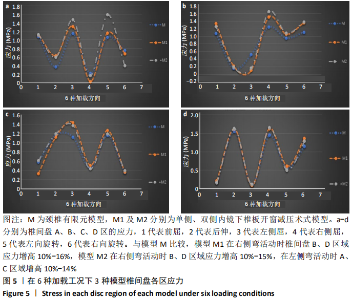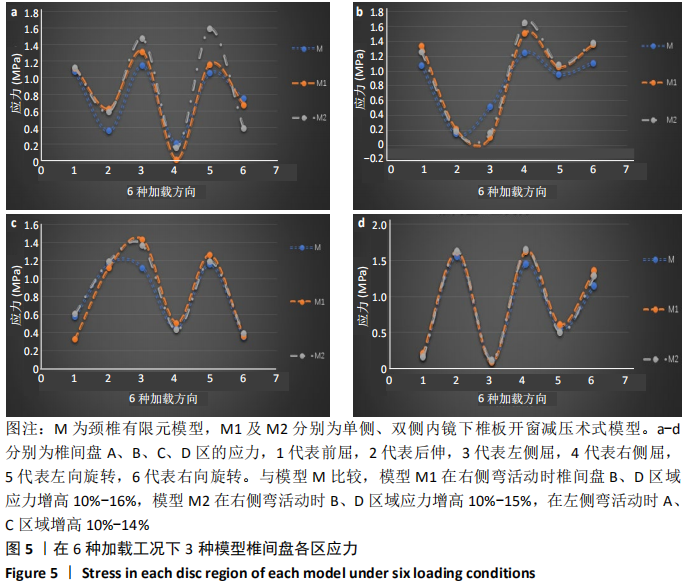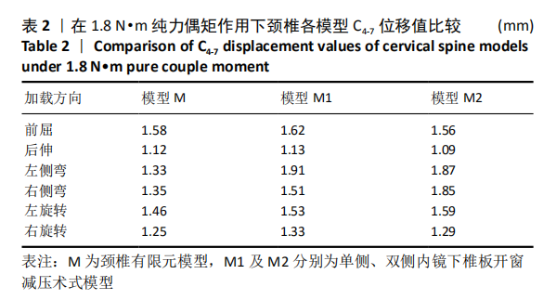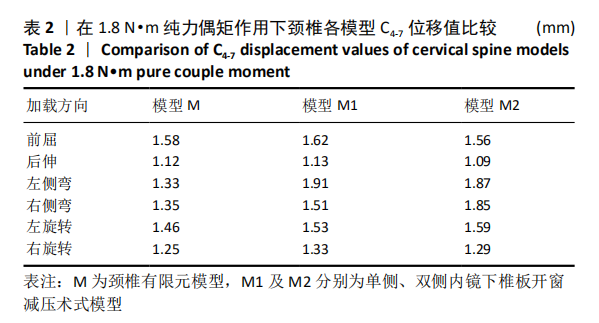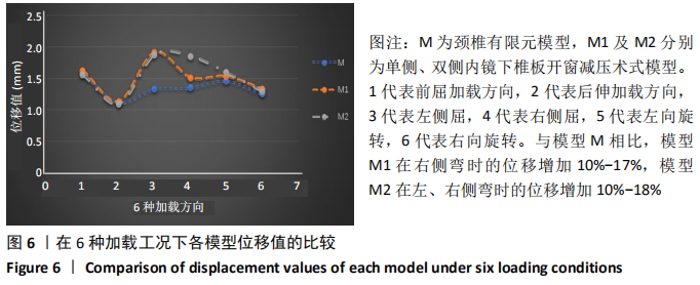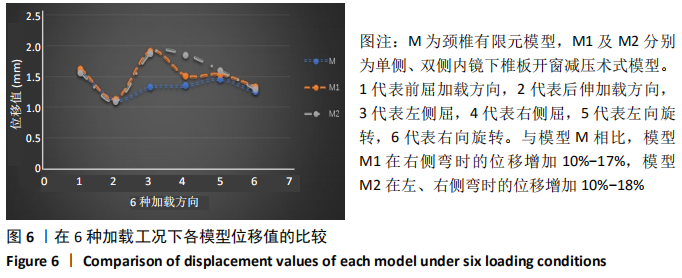[1] 杨宝林,张绍东,王小虎,等.颈椎后路改良单开门椎管扩大成形术治疗多节段脊髓型颈椎病的疗效分析[J].中国脊柱脊髓杂志,2018,28(4):289-296.
[2] 张斌,冯品,高峰,等.后路经皮内镜下颈椎间孔切开术治疗单节段骨性椎间孔狭窄的临床疗效[J].西部医学杂志,2019,31(8):1252-1268.
[3] NASTO LA, MUQUIT S, PEREZ-ROMERA AB, et al. Clinical outcome and safety study of a newly developed instrumented French-door cervical laminoplasty technique.J Orthop Traumatol. 2017;18(2):135-143.
[4] INOUE A, IKATA T, KATOH S. Spinal deformity following surgery for spinal cord tumors and tumorous lesions: analysis based on an assessment of the spinal functional curve. Spinal Cord. 1996;34(9):536-542.
[5] ADAMS MA, DOLAN P. Spine biomechanics. J Biomech. 2005;38(10):1972-1983.
[6] 陈钵,秦大平,张晓刚,等.有限元分析法在脊柱生物力学中的研究进[J].中国疼痛医学杂志,2020,26(3):208-216.
[7] HU X, LIU L. Progress on the cause and mechanism of a separation of clinical symptoms and signs and imaging features in lumbar disk herniation. Zhongguo Gu Shang. 2015;28(10):970-975.
[8] WANG Y, WANG L, DU C, et al. A comparative study on dynamic stiffness in typical finite element model and multi-body model of C6-C7 cervical spine segment. Int J Numer Method Biomed Eng. 2016;32(6):e02750.
[9] DENG Z, WANG K, WANG H, et al. A finite element study of traditional Chinese cervical manipulation. Eur Spine J. 2017;26(9):2308-2317.
[10] SEIPEL RC, PINTA FA, YOGANANDAN N, et al. Biomechanics of calcaneal fractures: a model for the motor vehicle. Clin Orthop Relat Res. 2001;(388):218-224.
[11] VOO LM, KUMARESAN S, YOGANANDAN N, et al. Finite element analysis of cervical facetectomy. Spine (Phila Pa 1976). 1997;22(9):964-969.
[12] TEO EC, LEE KK, QIU TX, et al. The biomechanics of lumbar graded facetectomy under anterior-shear load. IEEE Trans Biomed Eng. 2004;51(3):443-449.
[13] ZHAO L, CHEN J, LIU J, et al. Biomechanical analysis on of anterior transpedicular screw-fixation after two-level cervical corpectomy using finite element method. Clin Biomech (Bristol, Avon). 2018;60:76-82.
[14] FINN MA, BRODKE DS, DAUBS M, et al. Local and global subaxial cervical spine biomechanics after single-level fusion or cervical arthroplasty. Eur Spine J. 2009; 18(10):1520-1527.
[15] PANJABI MM, CRISCO JJ, VASAVADA A, et al. Mechanical properties or the human cervical spine as shown by three-dimensional load-displacement curves. Spine (Phila Pa 1976). 2001;26(24):2692-2700.
[16] 刘国萍,曹奇,唐国军,等.经皮内镜下Key-Hole 技术治疗旁中央型颈椎间盘突出症[J].中国修复重建外科杂志,2020,34(7):895-899.
[17] 王毅飞,王胜利,卢彦肖,等.颈椎后路单开门椎管成形并神经根管扩大治疗脊髓型颈椎病的效果观察[J].临床医学工程,2020,27(5):561-562.
[18] 吴超,王振宇,林国中,等.颈椎单侧半椎板及不同程度小关节切除术后生物力学变化的有限元分析[J].中华神经外科疾病研究杂志,2018,17(4):352-356.
[19] DUAN Y, WANG HH, JIN AM, et al. Finite element analysis of posterior cervical fixation. Orthop Traumatol Surg Res. 2015;101(1):23-29.
[20] ZENG ZL, ZHU R, WU YC, et al. Effect of graded facetectomy on lumbar biomechanics. J Healthc Eng. 2017;2017:7981513.
[21] 樊瑜波,邓小燕.生物力学建模仿真与应用[M].上海:上海交通大学出版社, 2017:1-5.
[22] 丁宇,朱腾月,阮狄克,等.经皮内镜辅助椎间融合治疗腰椎不稳的生物力学评价[J].中国骨与关节杂志,2017,6(10):724-729.
[23] GOEL VK, KIM YE, LIM TH, et al. An analytical investigation of the mechanics of spinal instrumentation. Spine (Phila Pa 1976). 1988;13(9):1003-1011.
[24] 王辉昊,詹红生,陈博,等.正常人全颈椎(C0-T1)三维有限元模型的建立与验证[J].生物医学工程学杂志,2014,31(6):1238-1242.
|
